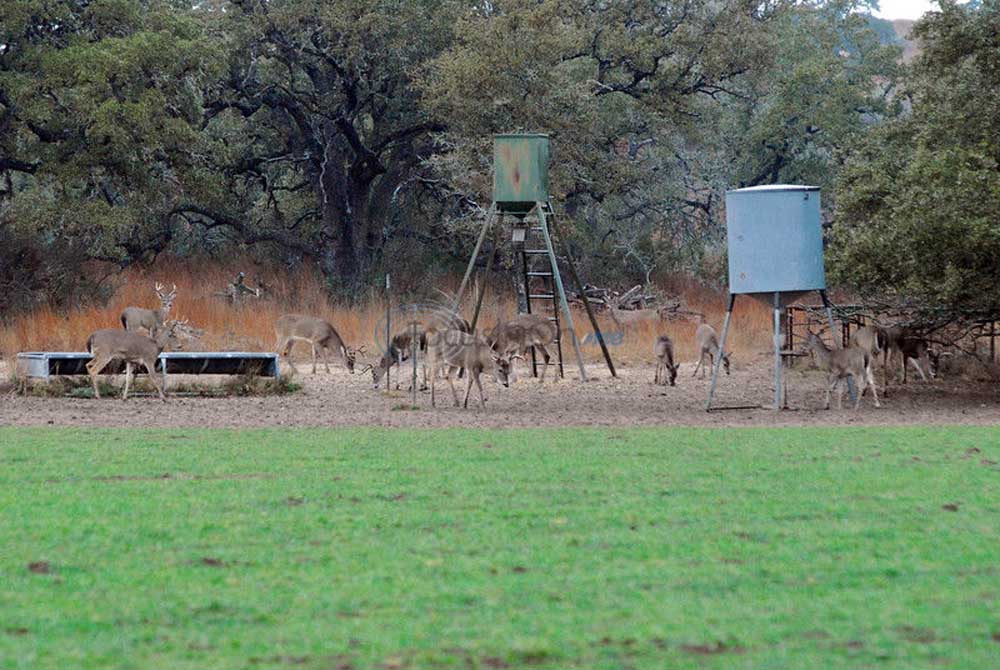Deer need corn’s energy long after season ends
Published 9:10 pm Saturday, February 28, 2015
Sometime in January most Texas hunters abandoned their deer camps for the season. On their way out they left their feeders spinning, only to clear the remaining corn out of the barrel.
Hunters typically see corn only as a deer attractant, but when the season is over it can play a key role in the animals’ survival from one season to the next. That has especially become the case as the harshest winter weather seems to be coming later and later in Texas.
Trending
“From what I have gathered there is compelling evidence to leave those feeders running into April. They need that energy,” said Dr. Billy Higginbotham, Texas AgriLife Extension Service wildlife biologist in Overton.
Higginbotham said that while deer can handle either the cold or wet, it is a combination of the two like East Texas experienced last week that creates a hardship.
“We are just now getting to the time of the year that energy demands are the highest. It doesn’t matter if it is a beef cow or a white-tailed deer, wet and cold conditions really tax conditioning of a mammal in upping their dietary needs,” he explained.
Making matters even worse is that with the exception of supplemental food plots that were top dressed with nitrogen in either December or January, the only other energy source available to deer right now besides corn is going to be browse.
It is not just one segment of the deer population that is in need of the energy supplement deep into spring. Some does are nearing or into the trimester of carrying fawns, and while they will need protein once the fawns are on the ground for milk production, they need the carbohydrates for fat now. Bucks are also still recovering from the rut and need to gain strength before the antler-growing season begins in ernest.
It may be last year’s fawns that need it the most though.
Trending
“Trying to get fawns recruited in the winter population is critical. We see them in the fall, but they have to make it through their first winter to make it into the population,” Higginbotham explained.
Best-guess estimates are that Texas deer hunters buy upwards of 300 million pounds of shelled corn annually. More and more hunters are following up winter corn with protein supplements of one type or another to the tune of more than 100 million pounds a year. Hunters can can get their biggest bang for the buck from the more expensive protein by using it when the deer get the most nutritional value from it.
“From a nutritional standpoint if you can transition from corn to protein in April it is best. You can do both to get deer accustomed to the protein and then transition to protein through the antler- growing season into September,” Higginbotham said.
Another consideration in controlling costs is to restrict non-targeted species from the supplemental feed. Across most of Texas that means wild pigs. Higginbotham said that along with cattle panels there are now some electric fencing material that also works satisfactory.
East Texas hunters also have another option in providing supplemental food sources in the form of food plots. Using the right plant materials hunters can plant fall food plots that provide forage into spring, and warm weather food plots that come up early in the new year and offer supplemental food through the August/September stress period.
Higginbotham warns that providing supplemental feed in any form creates a situation where hunters may have to take over the role of nature the next fall.
“One of by-products if supplementation works is that you are going to have more deer,” he noted.
Typically the spring and fall stress periods would be a natural way to cull deer number. Hunters who get those deer over the hump with supplemental feed are going to have to do more harvest to manage numbers.







